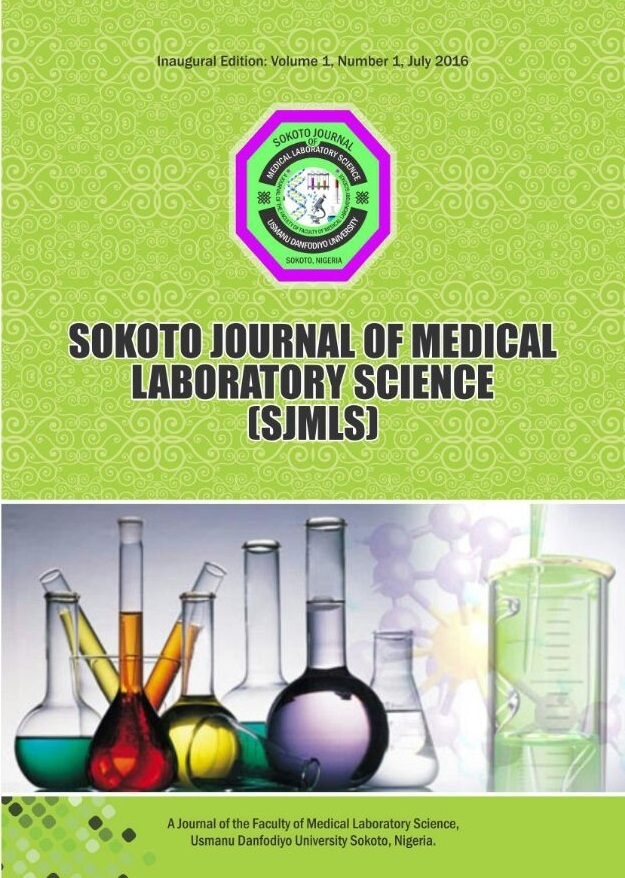Cytoarchitectural Pattern of Hepatocellular Carcinoma (HCC) in Ahmadu Bello University Teaching Hospital Zaria, Nigeria
Keywords:
Hepatocellular carcinoma, Cytoarchitectural pattern, ABUTH, ZariaAbstract
Hepatocellular carcinoma (HCC) has been identified as the most frequent primary liver malignancy, mostly occurring in the context of chronic liver diseases leading to cirrhosis. Epidemiological data demonstrate the increasing incidence of HCC worldwide, mainly related to viral hepatitis and metabolic syndrome. Pathological analysis recognizes several types of HCC according to macroscopic and microscopic features. This cancer has heterogeneous geographical distribution based on the prevalence of risk factors in different parts of the world. This study determined the histopathologic pattern of diagnosed Hepatocellular carcinoma (HCC) through a twenty-year retrospective study among patients who attended Ahmadu Bello University Teaching Hospital, Zaria. One hundred and fifty-one cases were included in this study during the period under review. There were 88 males (58.3 %) and 63 females (41.7 %) in whom diagnosis of HCC was made. The age ranged between 1 year and 80 years with mean of 40.87± 3.25. The highest incidence was between the ages of 40 and 50 years with a mean age of 46.25± 3.21 years. Histopathologic features of HCC cells showed nests and trabeculae of neoplastic hepatocytes often having large prominent nucleoli and numerous mitotic figures including atypical forms. With Masson’s trichrome stain, the nests of neoplastic changes were delineated by fibrous bands. These neoplastic cells on immunohistochemical stain had a focal and dot like cytoplasmic staining for cytokeratin. There was no significant association between gender and mean age of patient (p> 0.05) in this study.




